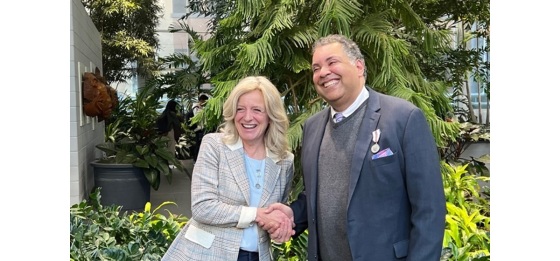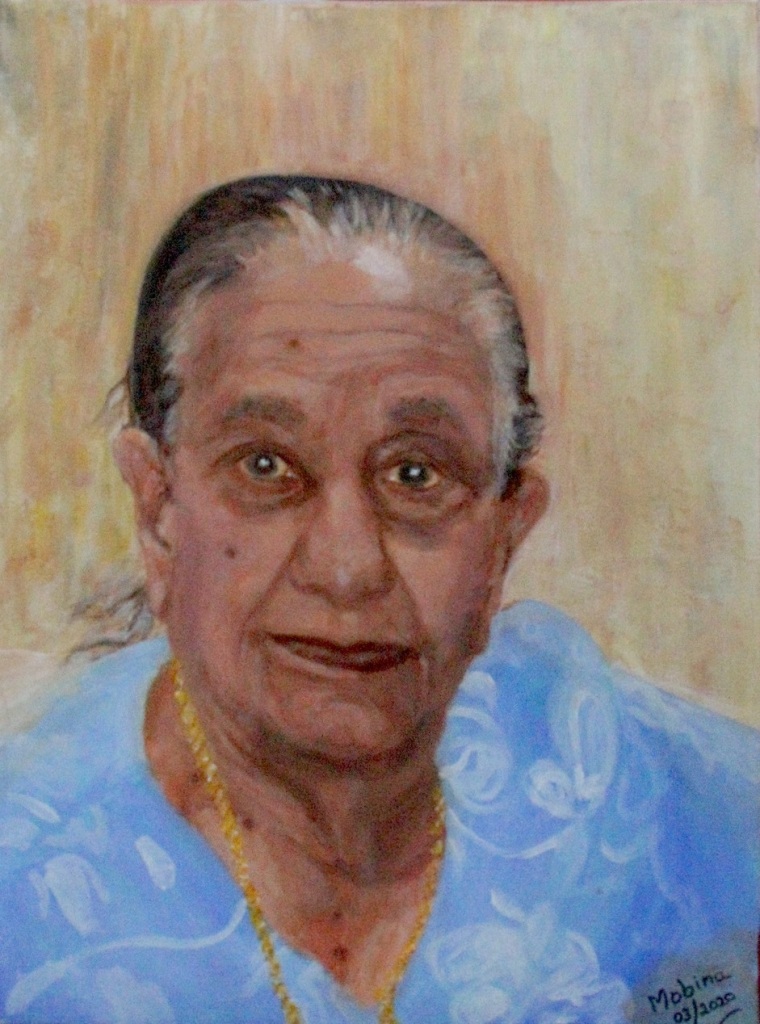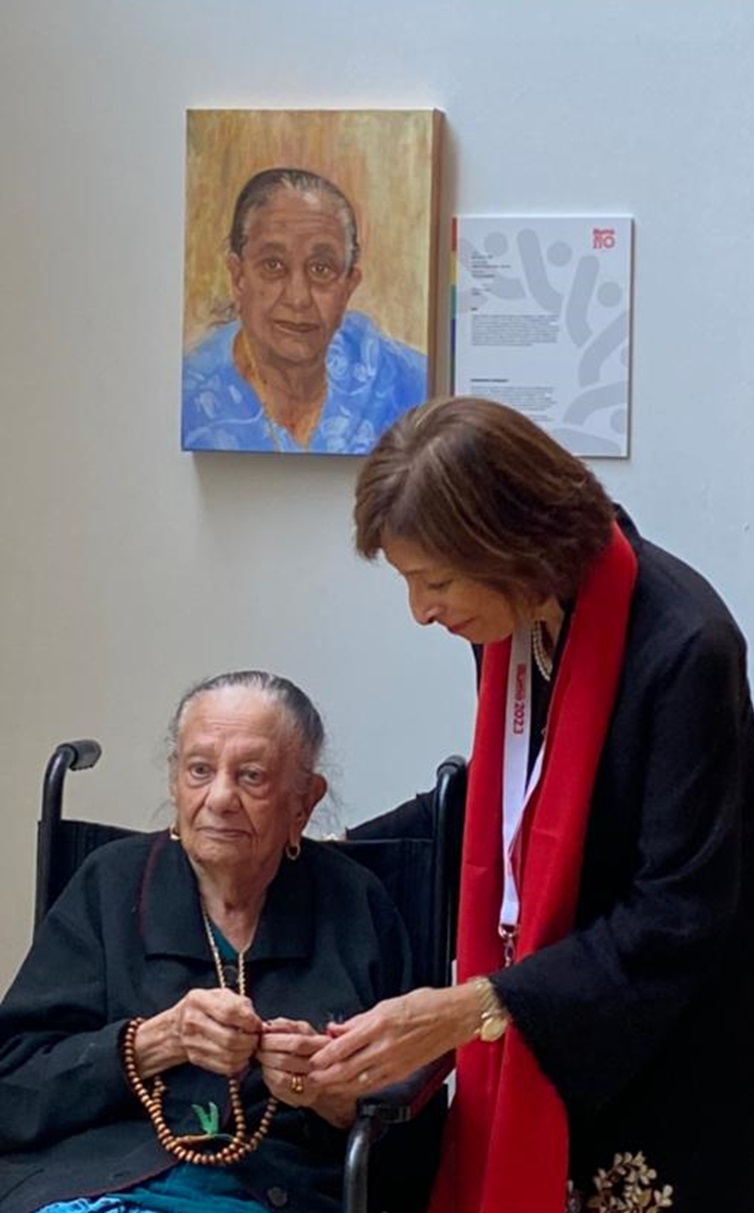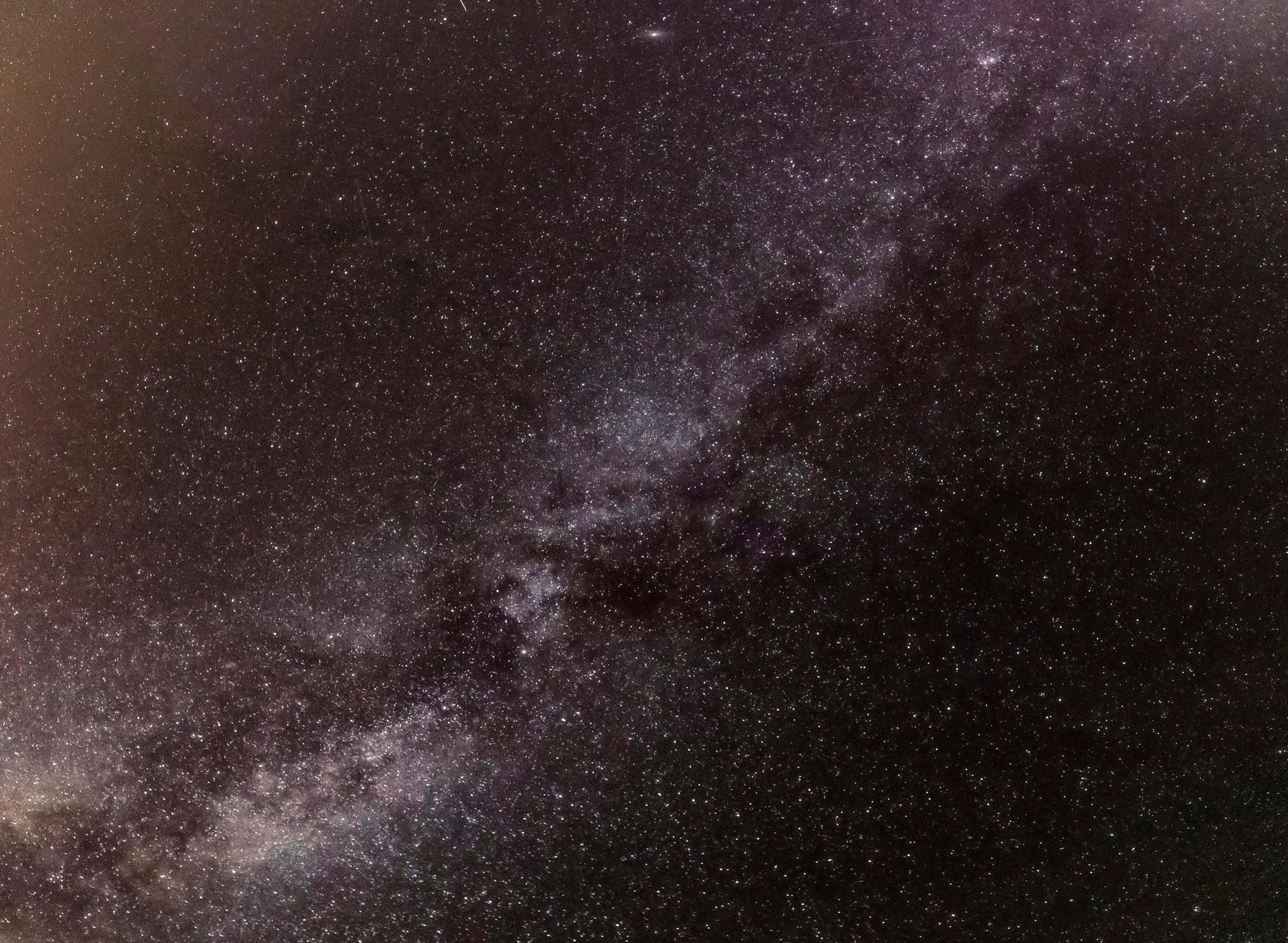“As mayor, Nenshi embraced innovative solutions to urban issues like public transit, affordable housing, and sustainable development. He proved his leadership abilities during the devastating 2013 Calgary floods, rallying the city through the crisis with compassion and resolve. Now, Nenshi wants to bring that same progressive, consensus-building approach to the provincial level as leader of the NDP. His vision is an Alberta that works for everyone — not just a few.”
Submitted by DR. SHAMEELA KARMALI-RAWJI
For over a decade, Naheed Nenshi has been a trailblazer in Canadian politics. Now, he’s setting his sights beyond Calgary on an even more significant challenge — leading Alberta’s New Democratic Party (NDP) and charting a new course for the province.
To do that, Nenshi’s team is reminding residents across Alberta to purchase an NDP membership on nenshi.ca by April 22nd — for just $10. This will allow them to vote for Naheed Nenshi as the party’s next leader in June and have their voices heard.
Story continues below

Nenshi’s rise has been an inspiring underdog story. After initially trailing far behind in the polls during Calgary’s 2010 mayoral race, his campaign of bold ideas and grassroots engagement struck a chord. He defied the odds to become the first Muslim mayor of a major North American city. Nenshi’s journey has been one of resilience, hard work, and a steadfast commitment to public service rooted in the importance of family and community values.
The son of immigrants from Mwanza, Tanzania, he grew up witnessing his parents’ struggles to build a better life. This instilled in him that opportunity shouldn’t be taken for granted.
Story continues below

~~~~~~
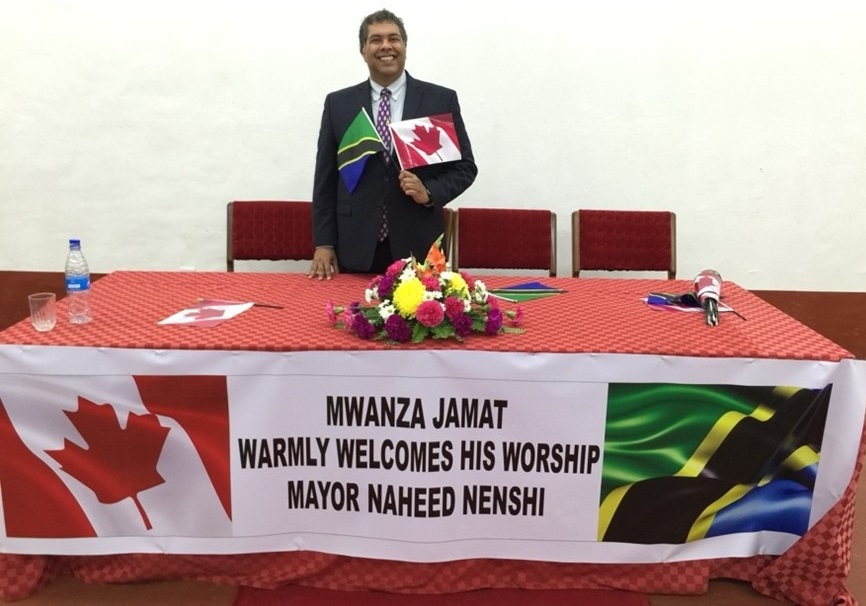
As mayor, Nenshi embraced innovative solutions to urban issues like public transit, affordable housing, and sustainable development. He proved his leadership abilities during the devastating 2013 Calgary floods, rallying the city through the crisis with compassion and resolve.
Now, Nenshi wants to bring that same progressive, consensus-building approach to the provincial level as leader of the NDP. His vision is an Alberta that works for everyone — not just a few.
Story continues below

Nenshi believes the NDP can rally widespread support by promoting pro-business and pro-worker policies focused on diversifying the provincial economy beyond oil and gas. His entrepreneurial approach aims to drive collaboration between industry, government, and communities to secure Alberta’s future.
At his core, Nenshi is driven by a passionate belief in service, equality, and doing what’s right — regardless of political convenience. He champions initiatives that bring the public directly into governance through participatory budgeting. He advocates bold climate action rooted in environmental science. He understands that prosperity must be sustainable and inclusive to all cultures and communities. He also embraces Alberta’s place as part of a pluralistic Canada united in its diversity.
Story continues below

With his unique perspective forged from lived experiences, Nenshi could be the dynamic leader to reinvigorate the NDP’s vision for a fairer, greener, and more innovative Alberta. But he needs the grassroots support of Albertans who share that vision.
Alberta stands at a crossroads. By choosing Nenshi, the province can embrace a leader who sees its boundless potential and will fight to uplift all of its people. The path ahead won’t be easy — but few leaders are better prepared to forge it than Naheed Nenshi.
Date posted: April 20, 2024.
________________________

Dr. Shameela Karmali-Rawji, MS MD CCFP FCFP, is a global health consultant, entrepreneur and family physician. She has established multiple medical clinics and telemedicine platforms and oversaw several retirement and assisted living facilities in Ontario and Alberta. She launched the first Urgent Care Clinic in a public-private partnership in primary care with Calgary Health Services in 2006. She has worked as a policy advisor and consultant with WHO, UNICEF, and AKDN, and she led the development of a groundbreaking, collaborative health agenda in the First Nations community of T’suu Tina, which resulted in the establishment and expansion of health services, including a medical centre. She has also planned several medical centres and hospitals in East Africa and community-based primary and secondary healthcare systems in Northern Pakistan serving over 1 million people.
Dr. Karmali-Rawji had served as a member of the His Highness the Aga Khan Shia Imami Ismaili Council for Canada, where she established its first Women’s Portfolio, and as Chairman of the Aga Khan Health Board for Canada. She co-convened the International Ismaili Women’s Forum in Toronto with Princess Zahra Aga Khan. She was Vice Chairman of the commissioning Board of Generations Calgary, an assisted living and long term care facility. Dr. Karmali-Rawji obtained her MD at McMaster University and her MS in International Health at Harvard University.

